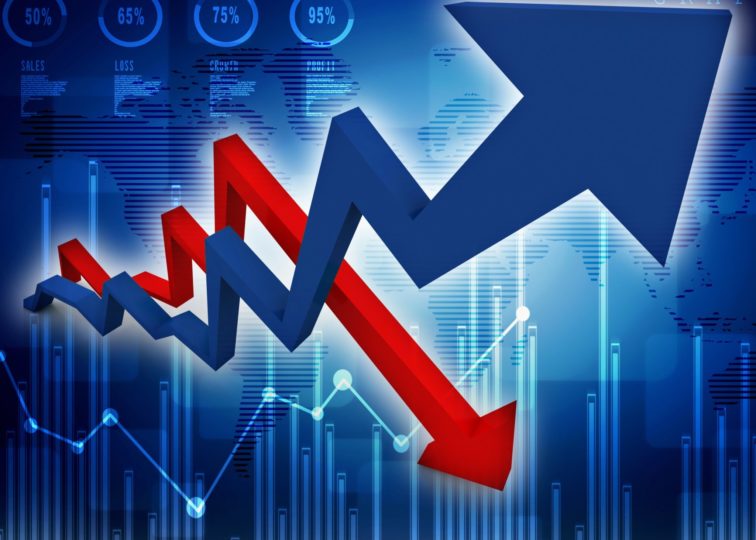
Blog
Do Stock Buybacks Suggest the Market Has Reached its Top?
April 20, 2022
While politicians and academics debate how stock buybacks impact wealth inequality, investors may have another reason to pay attention to surging buybacks: they may signal the market reaching its top.
Buybacks for the S&P 500 are expected to top $1 trillion this year, according to Goldman Sachs, and, according to an analysis from the Wall Street Journal, that may mean a market downturn is on the horizon.
Last year set several new records for S&P 500 buybacks. They were up 131% from the year before in the third quarter and by 107% in the fourth quarter, the two highest annual increases since the Great Recession. If history is any guide, this may signal a downturn.
Previous year-over-year peaks were seen in the third quarter of 2007 and the first quarter of 2000. Both periods saw stocks hit a record high before sliding into a bear market.
Conversely, a retreat in buybacks can signal a market’s bottom. The second quarters of 2000 and 2009 saw year-over-year buybacks fall by 57% and 43%, respectively. Both quarters also saw the bear market reach its bottom.
A sharp increase in buybacks doesn’t necessarily mean the market has reached its top, nor does a sharp decline mean a rebound is imminent.
Ultimately, stock buybacks tend to reflect little more than corporate optimism. The problem, in the Journal’s estimation, is that most corporate executives are bad at timing the market.
